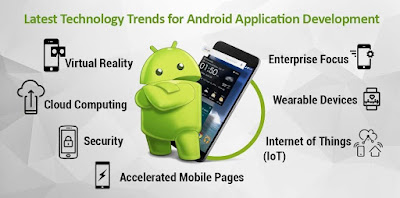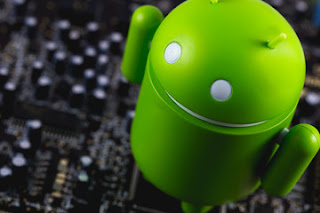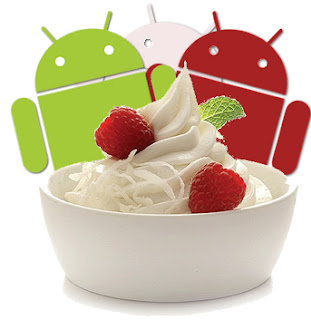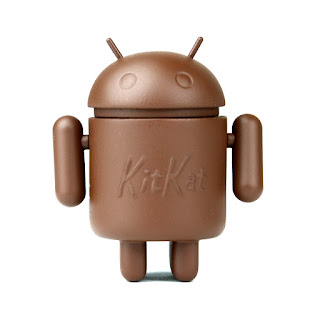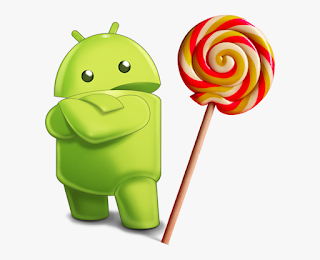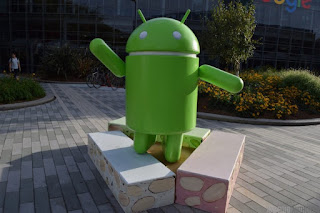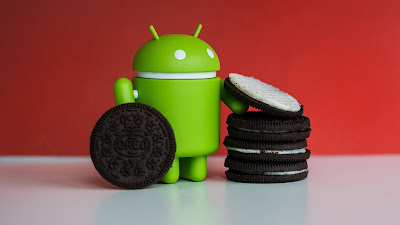APPLICATIONS OF ANDROID
1. ACTIVITIES
An action is a class that is considered as a passage point for clients that speaks to a solitary screen. A flag-bearer application may have an action that shows new notice, another movement which understands messages and another which forms another message.
Every action is free of each other. Model – camera application can
be begun in an email application to create an email that offers a picture. The
image underneath delineates how each new movement adds a thing to back stack
and how the present action is crushed and past action is continued. We will
examine the existence cycle of action in detail in our Android Activity
article.
2. SERVICES
A help is a segment that runs out of sight, it goes about as an imperceptible specialist of our application. It continues refreshing information sources and exercises. It likewise communicates goals and performs undertakings when applications are not dynamic. A case of administration is we can surf the web or utilize some other application while tuning in to music.
3. CONTENT PROVIDERS
Content Provider is a segment that enables applications to share information among various applications. It conceals the subtleties of the database and can be utilized to peruse and compose private information of the application which isn't shared. It would be a wreck to get to information from different applications without content suppliers.
4. BROADCAST RECEIVER
Communicate Receiver is a segment that reacts to communicate messages from another application or a similar framework. It can likewise convey communicates to applications that are not running. Model – advise the client that the battery is low. Android designers can utilize communicate messages in the application or outside the ordinary stream.
To know more check it into Surya Informatics
